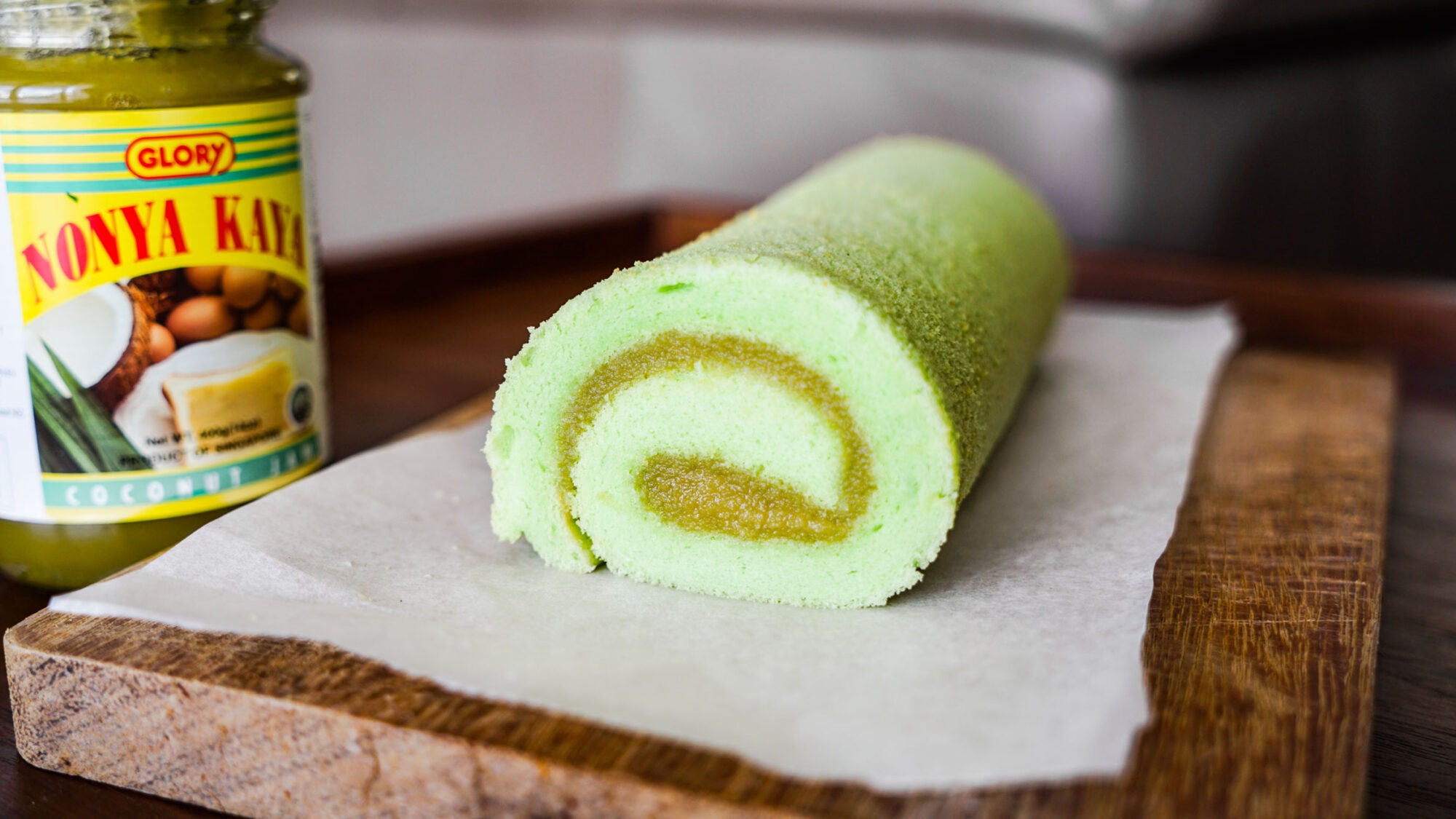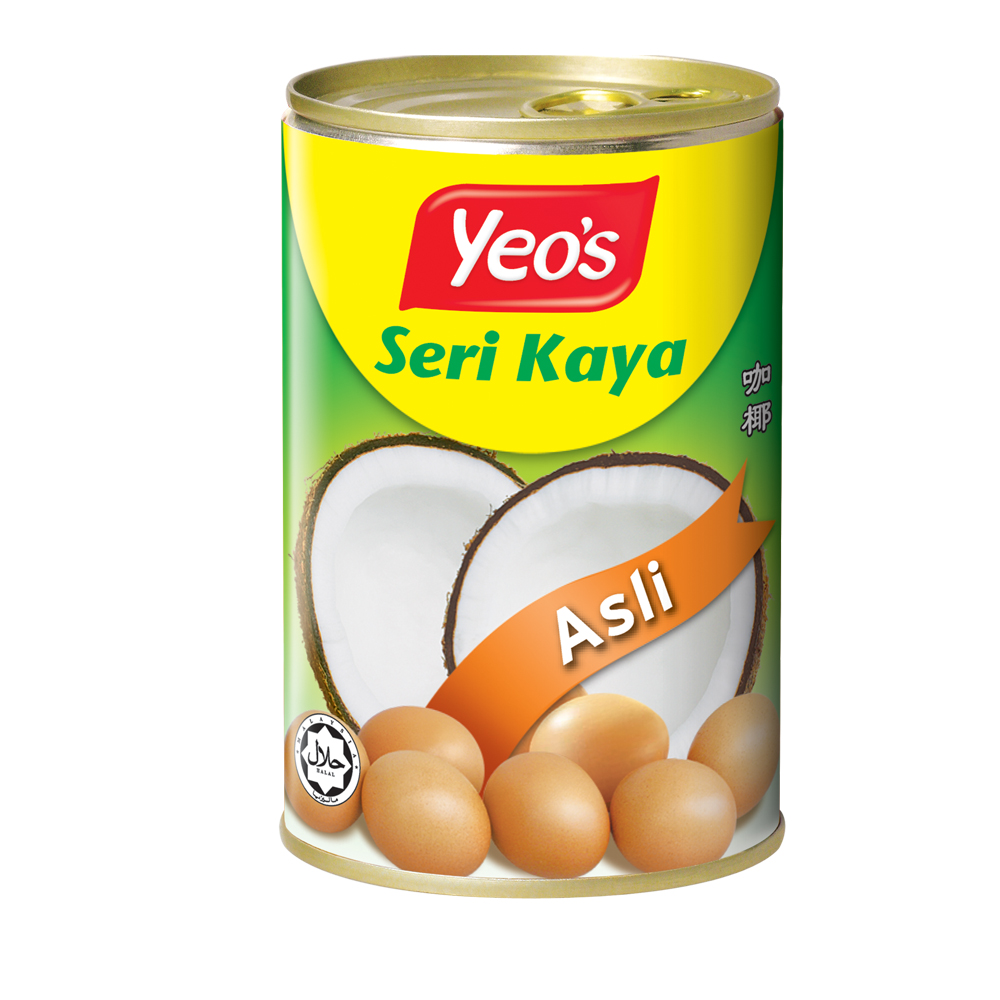Hey there, food lovers! Are you ready to dive into the world of cooking with kaya? This isn’t just about slathering your toast with a sweet coconut jam—it’s about embracing a culinary tradition that’s been around for generations. Kaya is more than just a spread; it’s a taste of Southeast Asia, a burst of flavors that can transform any dish into something truly special. So, buckle up, because we’re about to take you on a delicious journey through the art of cooking with kaya!
Now, let’s be real. If you’ve ever had a chance to try kaya, you know it’s not your average jam. It’s creamy, slightly sweet, with a hint of pandan that gives it that distinct tropical vibe. But did you know that kaya can do way more than just sit on your breakfast table? From desserts to main courses, this versatile ingredient is about to become your new best friend in the kitchen.
Before we get into the nitty-gritty, let me ask you something. Have you ever wondered why kaya is so popular in places like Singapore and Malaysia? It’s not just about the taste—it’s about the memories, the culture, and the stories behind each spoonful. So, whether you’re a seasoned chef or a newbie in the kitchen, this guide will show you how to cook with kaya like a pro. Let’s get started, shall we?
Read also:Quinoa Chips And Other Healthy Snack Options A Musttry For Health Enthusiasts
Table of Contents
- What is Kaya?
- The History of Kaya
- Cooking Methods with Kaya
- Delicious Recipes Using Kaya
- Health Benefits of Kaya
- Tips for Buying Kaya
- How to Store Kaya
- Different Varieties of Kaya
- The Cultural Impact of Kaya
- Conclusion
What is Kaya?
Alright, let’s break it down. Kaya is a coconut jam that originated in Southeast Asia, specifically in countries like Singapore, Malaysia, and Indonesia. It’s made by simmering coconut milk, eggs, sugar, and pandan leaves to create a rich, creamy spread that’s absolutely irresistible. Think of it as the lovechild of coconut cream and a tropical dessert.
But here’s the thing—kaya isn’t just a spread. It’s a versatile ingredient that can elevate your cooking game in ways you never thought possible. Whether you’re using it as a topping for toast, incorporating it into desserts, or even adding it to savory dishes, kaya has got your back.
Why is Kaya So Special?
Well, it’s not just the taste that makes kaya stand out. It’s the combination of flavors that creates a unique experience. The sweetness from the sugar, the creaminess from the coconut milk, and the aromatic touch of pandan leaves all come together to create something truly magical. Plus, kaya is super adaptable, meaning you can experiment with it in countless ways.
The History of Kaya
Let’s take a trip back in time. Kaya has been around for over a century, and its origins can be traced back to the Nyonya cuisine of the Peranakan community. The Peranakans, who are descendants of Chinese immigrants in Southeast Asia, created kaya as a way to incorporate local ingredients into their cooking. Over time, it became a staple in the region and spread across different cultures.
Fun fact: Kaya wasn’t always called kaya. In fact, the name "kaya" comes from the Malay word for "rich" or "luxurious," which perfectly describes the indulgent flavor of this spread. Today, kaya is celebrated not just in Southeast Asia but all over the world, and for good reason.
How Did Kaya Become Popular?
It’s simple. People love food that tastes good, and kaya delivers on that promise. From street vendors to high-end restaurants, kaya has found its way onto menus everywhere. And with the rise of global cuisine, more and more people are discovering the joys of cooking with kaya. It’s like a culinary treasure waiting to be uncovered.
Read also:My Tiktok Name Changed Itself Whats Going On
Cooking Methods with Kaya
Now that you know what kaya is and where it comes from, let’s talk about how you can use it in your cooking. The possibilities are endless, but here are a few methods to get you started:
- Spreading: This is the most common way to use kaya. Simply spread it on toast, bagels, or even pancakes for a sweet and creamy treat.
- Filling: Kaya makes an excellent filling for pastries, cakes, and even dumplings. Its creamy texture adds a luxurious touch to any dessert.
- Glazing: Use kaya as a glaze for cakes, tarts, or even savory dishes like roasted chicken. The sweetness balances out the savory flavors beautifully.
- Marinating: Believe it or not, kaya can be used as a marinade for meats. The sugar and coconut milk help tenderize the meat while adding a unique flavor.
Pro Tips for Cooking with Kaya
Here’s the deal: if you’re new to cooking with kaya, it might take a little practice to get it right. But don’t worry—we’ve got you covered. Here are a few tips to help you master the art of cooking with kaya:
- Start small. If you’re unsure about how much kaya to use, begin with a small amount and adjust to taste.
- Experiment with flavors. Kaya pairs well with a variety of ingredients, so don’t be afraid to mix it with other spices or herbs.
- Store it properly. Keep your kaya in an airtight container to maintain its freshness and prevent it from drying out.
Delicious Recipes Using Kaya
Alright, it’s time to get your hands dirty (in a good way). Here are a few recipes that showcase the versatility of kaya:
Kaya Toast
This classic dish is a must-try for anyone who loves kaya. Simply toast some bread, spread a generous layer of kaya on top, and enjoy. You can even add a pat of butter for extra richness.
Kaya Pancakes
Who says pancakes need to be plain? Add kaya to your batter for a tropical twist, or use it as a topping for an extra layer of flavor.
Kaya Chicken Wings
Yes, you read that right. These wings are glazed with kaya and then baked until crispy. The sweetness of the kaya balances out the savory flavors of the chicken, creating a dish that’s both sweet and savory.
Health Benefits of Kaya
Now, I know what you’re thinking. "Is kaya healthy?" The answer is yes and no. While kaya does contain sugar, it also has some nutritional benefits thanks to its coconut milk base. Coconut milk is rich in healthy fats and vitamins, making it a great addition to your diet in moderation.
Plus, the pandan leaves used in kaya have antioxidant properties that can help boost your immune system. So, while kaya might not be the healthiest thing on the planet, it’s definitely not the worst either.
How to Make Kaya Healthier
If you’re looking to make kaya a bit healthier, here are a few tips:
- Use less sugar. You can reduce the amount of sugar in your kaya recipe without sacrificing flavor.
- Choose coconut milk wisely. Opt for unsweetened coconut milk to keep the sugar content in check.
- Experiment with alternatives. Try using honey or maple syrup instead of sugar for a natural sweetener.
Tips for Buying Kaya
Not all kaya is created equal. When you’re shopping for kaya, here are a few things to keep in mind:
- Check the ingredients. Make sure the kaya you’re buying contains real coconut milk and pandan leaves, not artificial flavors.
- Look for quality brands. Some brands are better than others, so do your research before making a purchase.
- Consider homemade. If you have the time, making your own kaya is a great way to ensure quality and freshness.
How to Store Kaya
Proper storage is key to keeping your kaya fresh. Here’s how to do it:
- Keep it in an airtight container. This will prevent air from getting in and drying out your kaya.
- Store it in the fridge. Kaya should be kept refrigerated to maintain its freshness.
- Don’t freeze it. Freezing can alter the texture of kaya, so it’s best to keep it in the fridge.
Different Varieties of Kaya
Did you know there are different types of kaya? Here are a few to look out for:
- Sweet Kaya: The classic version, perfect for spreading on toast or using in desserts.
- Savory Kaya: A less sweet version that’s great for marinades and glazes.
- Pandan Kaya: Infused with pandan leaves for a more aromatic flavor.
The Cultural Impact of Kaya
Kaya isn’t just a food—it’s a cultural icon. In countries like Singapore and Malaysia, kaya is more than just a spread; it’s a symbol of tradition and heritage. It’s the taste of childhood memories, family gatherings, and shared meals. And as the world becomes more connected, kaya is finding its way onto tables all over the globe.
Why Does Kaya Matter?
Because it’s more than just food. Kaya represents the rich cultural diversity of Southeast Asia and the creativity of its people. It’s a reminder that food is not just about sustenance—it’s about connection, identity, and joy.
Conclusion
So, there you have it—the ultimate guide to cooking with kaya. Whether you’re spreading it on toast, using it in desserts, or experimenting with savory dishes, kaya is a versatile ingredient that can add a touch of magic to your cooking. Remember to store it properly, choose quality brands, and don’t be afraid to experiment with flavors.
Now it’s your turn. Try out some of these recipes, share your creations with friends and family, and let us know how it goes. And if you’re feeling inspired, check out some of our other articles on global cuisine. Happy cooking, and may your journey with kaya be as delicious as it is rewarding!


